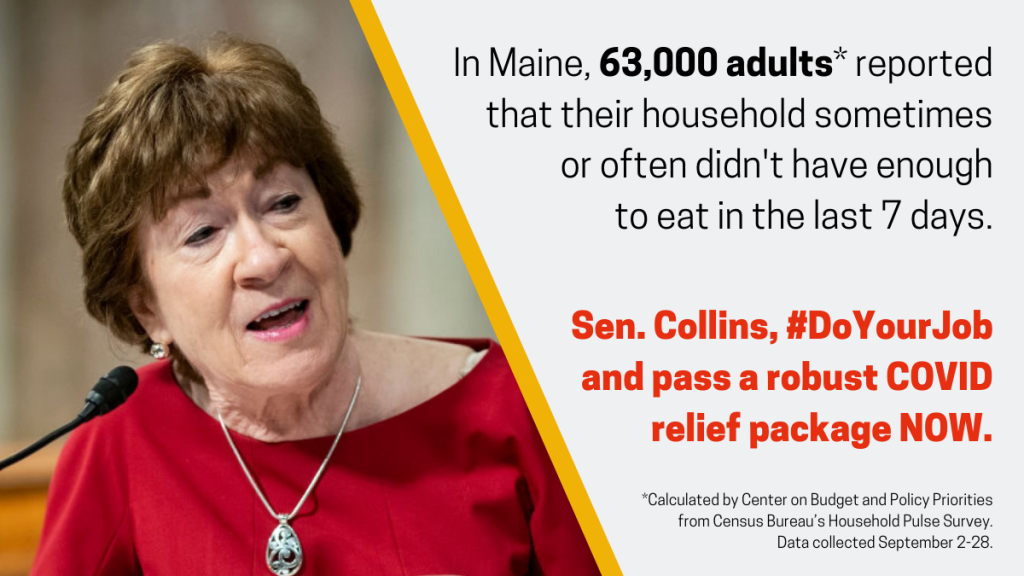
CHN’s COVID-19 Watch: Tracking Hardship October 23, 2020

October 23, 2020
The 3 million kids are missing edition. The coronavirus pandemic has not hit everyone equally. We know that Latinx and Black households are most adversely affected, both in the workplace and in susceptibility to COVID-19. Women, too, have been hit hard, the pandemic’s effects exacerbated by their familiar role as primary caregivers as well as their over-representation in the decimated service industries. But there is a whole other population at risk – children and young people. This week, a groundbreaking study was released that estimates 3 million of the most educationally marginalized children have not seen the inside of a classroom – virtual or in-person – since last March, when most schools shut down. Many of these 3 million are kids with disabilities, English learners, students in foster care, migrant students, and homeless students. Some come from low-income households. Why are these students not attending school? The reasons are complicated and varied, but for many, it is as simple a matter of not having a computer or internet access at home.
And it is not just K-12. College freshman enrollment is down 16% this fall at U.S. colleges and universities. At community colleges, which tend to attract more low-income and people of color students, it is down nearly 25%, alarming education experts who warn that many students may never end up enrolling. The effect that would have on their future earning capacity is hard to imagine. Meanwhile, millions upon millions of K-12 and college students alike face food insecurity, dwindling health coverage, and housing instability, all problems fueled by the pandemic and accompanying recession.
As of this writing, prospects for quick passage of robust COVID-19 relief appear slim to none. However, it is incumbent upon all of us to keep telling our Senators to do their jobs. Senators particularly in the states of Alaska, Arizona, Colorado, Florida, Georgia, Iowa, Kansas, Kentucky, Louisiana, Maine, Missouri, Montana, North Carolina, Ohio, South Carolina, Tennessee, and Utah need to hear from you! Scroll down to see sample tweets that you can send to these senators.
|
Tweet to key Senators: it’s very important that Senators hear our concern, click links below to tweet:
Example tweet message and accompanying graphic to Senator Collins of Maine:

.@SenatorCollins, #DoYourJob and pass a robust #COVIDRelief package NOW. Families are still facing many hardships. The people cannot wait any longer. 63,000 adults in Maine are not having enough to eat- that’s 7% of all ME adults (@uscensusbureau)
Click the link below to send a similar tweet to:
AK: Senator Murkowski, Senator Sullivan
AZ: Senator McSally
CO: Senator Gardner
FL: Senator Rubio, Senator Scott
GA: Senator Perdue, Senator Loeffler
IA: Senator Ernst, Senator Grassley
KY: Senator McConnell
KS: Senator Moran
LA: Senator Cassidy, Senator Kennedy
ME: Senator Collins
MO: Senator Blunt, Senator Hawley
MT: Senator Daines
NC: Senator Tillis
OH: Senator Portman
SC: Senator Graham
TN: Senator Alexander
UT: Senator Romney

